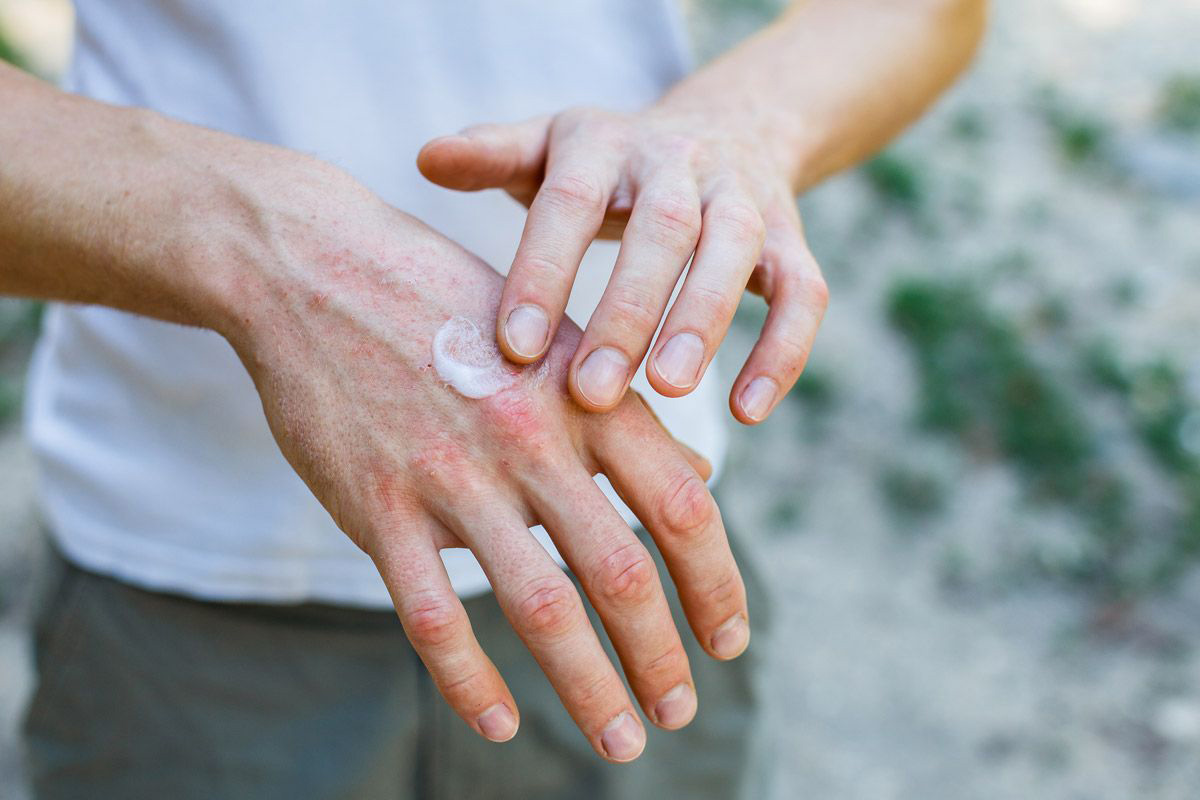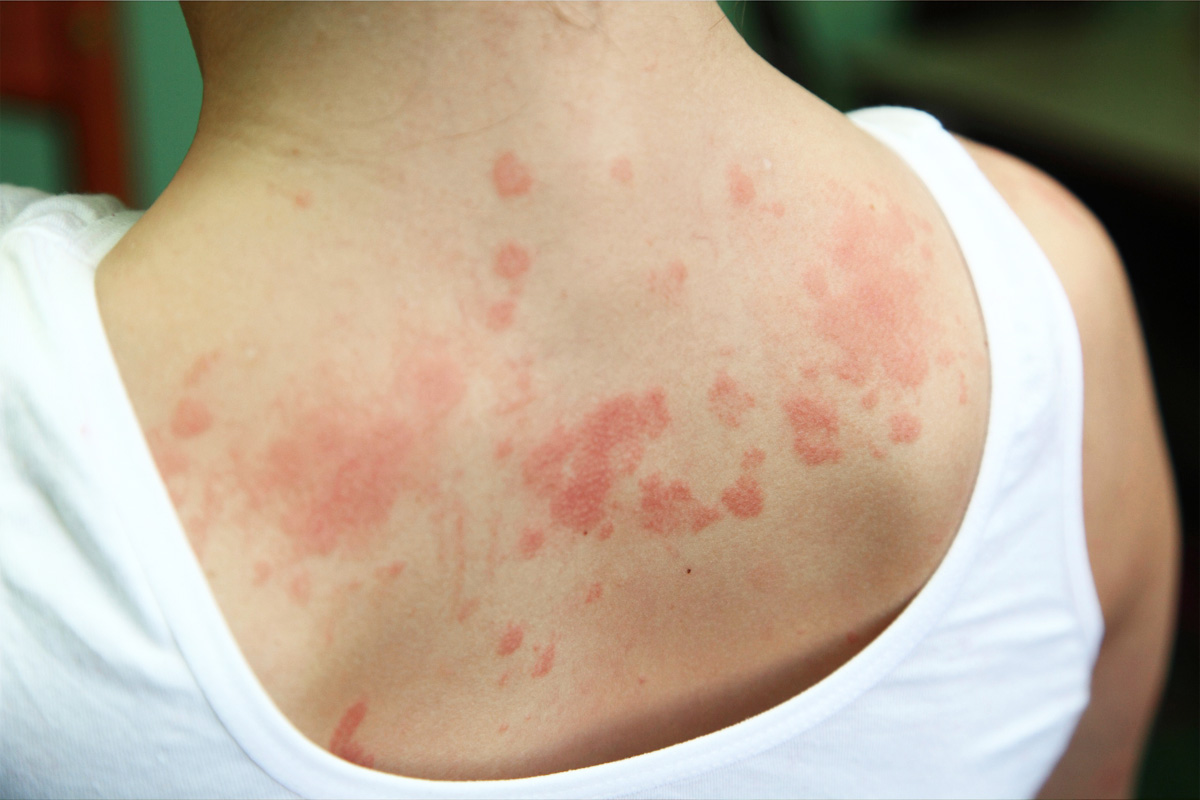An allergic reaction is an over-reaction of the immune systems of susceptible people to any variety of foreign substances (allergens), such as pollen, mold, dust mites, animal dander, insect bites, poisonous plants, latex, nuts, shellfish, prescription or over-the-counter drugs, herbal remedies, as well as other substances and foods. Symptoms range from mild to life-threatening.
During an allergic reaction, your body views the foreign substance as a harmful “invader” and produces allergic antibodies, releasing a chemical called histamine in an attempt to remove the allergen from your system. It is the histamine that your body produces in response to exposure to an allergen that causes your symptoms.
What are some common symptoms of an Allergic Reaction?
Mild symptoms like a rash or hives, itchiness, minor skin irritation, dry mouth, digestive issues such as nausea, vomiting and/or diarrhea, sneezing, runny nose, and watery/red eyes can usually be treated with over-the-counter drugs found in most pharmacies such as antihistamines, decongestants, nasal sprays and steroid creams or gels.
When should I see a doctor?
If over-the-counter remedies do not alleviate the condition or worsen the condition, a medical professional should be consulted promptly. Your physician may recommend allergy tests be taken or may refer you to a specialist to determine a course of treatment.
Life-threatening symptoms, however, like anaphylaxis, rapid pulse, dizziness, swelling around the face accompanied by difficulty breathing and/or a sudden drop in blood pressure require immediate medical attention. Any one or a combination of these symptoms signals a possibly critical situation and a call to 911 or an emergency room visit is warranted.
Don't let allergies hold you back! Take control of your allergies today by visiting Premier Medical at our closest location. Just walk in and be seen. Our team can diagnose your allergies, offer effective treatment options, and help you get back to enjoying life without constant discomfort.
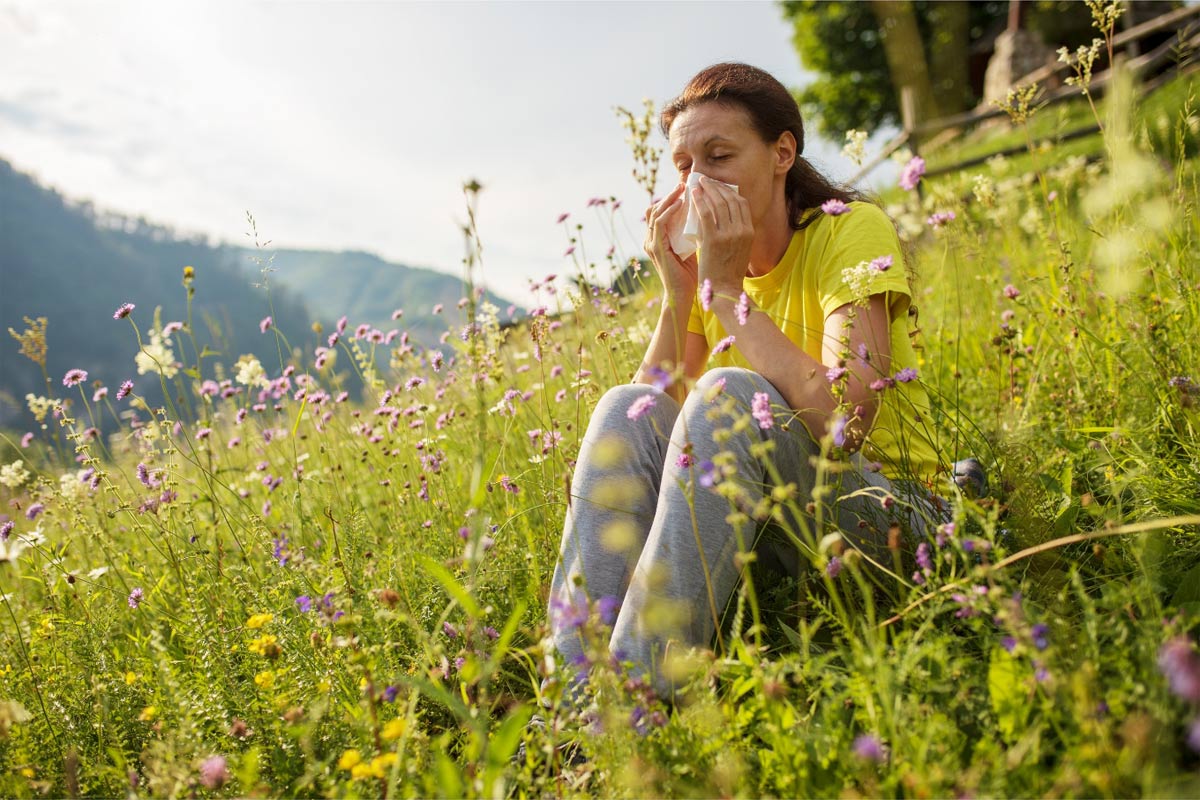
What about seasonal allergies?
Seasonal allergic rhinitis or hay fever is an allergic response to pollen that causes inflammation and swelling of the lining of your nose and eyes. The symptoms can be treated with over-the-counter or prescription oral antihistamines, anti-leukotrienes, nasal steroids, nasal antihistamines, and nasal cromolyn. In some individuals, allergic asthma can be caused by exposure to pollen as well. Symptoms can be reduced by staying indoors during periods of high pollen counts, closing your windows, and using air conditioning. Immunotherapy (allergy shots) is another method of treating pollen allergies.
Could I be allergic to something in my home?
If you find yourself frequently experiencing allergic symptoms like sneezing, itching, or congestion while you're at home, it's possible that you could be allergic to something within your living environment. Allergens lurking in your home can trigger a range of allergic reactions, making it essential to identify and address the source of your discomfort. From common culprits like dust mites and pet dander to less obvious triggers such as mold or certain cleaning products, pinpointing the specific allergen can help you take the necessary steps towards creating a more allergy-friendly home environment.
Dust Mite Allergies
Dust mites, tiny organisms that live in household dust, the fibers of pillows, mattresses, carpet and upholstery, grow in warm, humid areas. Everyone is exposed to dust mites, but some people develop an allergy to them that creates symptoms that are similar to those of pollen. A dehumidifier can be employed to minimize the mites; dust mite encasements (airtight plastic or polyurethane covers) can be purchased to cover pillows, mattresses, and box springs; and carpets can be removed or vacuumed frequently with a vacuum cleaner having a hypo-allergenic filter. The treatment would be similar to that which is employed for pollen allergies.
Mold Allergies
Molds, which are common allergens, are tiny fungi with spores that are airborne like pollen. Molds are usually found indoors in damp areas of the home, or outdoors in grass, leaf piles, in mulch, or under mushrooms. Molds appear mostly during hot, humid weather. If mold is found indoors, an expert should be consulted because some molds can cause severe illness and even death. Treatment for ordinary mold spores is again, similar to other airborne allergens such as pollen and dust mites.
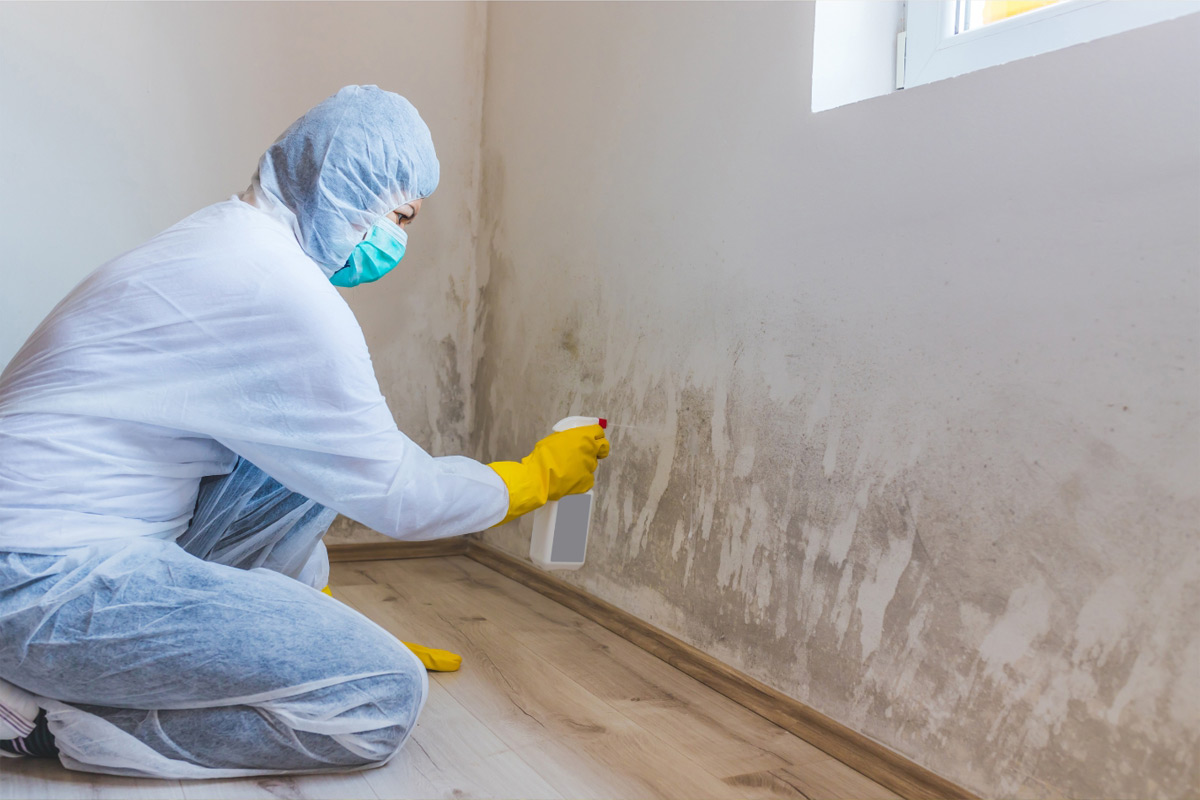
Pet Allergies
Allergic reactions to pet dander can be caused by the proteins secreted by sweat glands in an animal’s skin and by the proteins in an animal’s saliva. The best solution is to remove the pet from your home but if your pet is a loved member of your family like most pets are then that is probably out of the question. Therefore, the next best thing is to keep your pet out of the bedroom, use an air purifier with HEPA filtration, and wash your pet often. Again, treatment is similar to that used for other airborne allergens.
Latex Allergies
Repeated contact with latex, the substance that is used in many rubber gloves, can cause an allergic reaction in some people. Reactions can be mild, such as skin redness or itching or severe, such as when the exposure occurs during an operation, or during a dental or gynecologic exam where mucosal membranes are exposed to the latex. People with a latex allergy should wear a Medic Alert® bracelet at all times and carry an emergency epinephrine kit. There is no cure, so avoiding coming into contact with latex is the only prevention measure.
Food Allergies
Food allergies can develop if your body develops a specific antibody to a specific food. The allergic reaction usually occurs within minutes of ingesting the food and can be severe, causing anaphylaxis, itching, hives, nausea, vomiting, diarrhea, breathing difficulties and swelling in and around the mouth. Many people with food allergies have to carry injectable epinephrine (adrenaline) at all times to counter a possible anaphylaxis reaction. The most common food allergies in adults are shellfish, peanuts and tree nuts. Children may have the same allergies as adults to shellfish, peanuts and tree nuts, but more often include milk, milk products, eggs, soy, and wheat (gluten).
Experience immediate relief! No appointment necessary. Visit Premier Medical Urgent Care Center for prompt attention to your allergy symptoms. Our skilled medical professionals are ready to provide the care you need to breathe easier and feel better.
Other common allergies and treatments?
Insect Bites and Stings
Insect bites and stings cause pain, swelling and redness around the puncture site. However, some people react more severely with a local reaction of swelling that goes beyond the sting site, causing the person’s whole arm or leg to swell, for instance. An allergic reaction to an insect sting, though, is most serious and requires immediate medical attention when the individual has difficulty breathing, has widespread hives that appear as a red, itchy rash that spreads to areas other than the sting site, has swelling of the face, throat, or mouth tissue, is wheezing or having difficulty swallowing, is restless and anxious, has a rapid pulse, experiences dizziness or a sharp drop in blood pressure. A second sting to person who has experienced any of these reactions can be life-threatening. The immediate treatment is epinephrine (adrenaline), but immunotherapy is recommended if a bee venom allergy is confirmed to reduce the possibility of any future serious reaction.
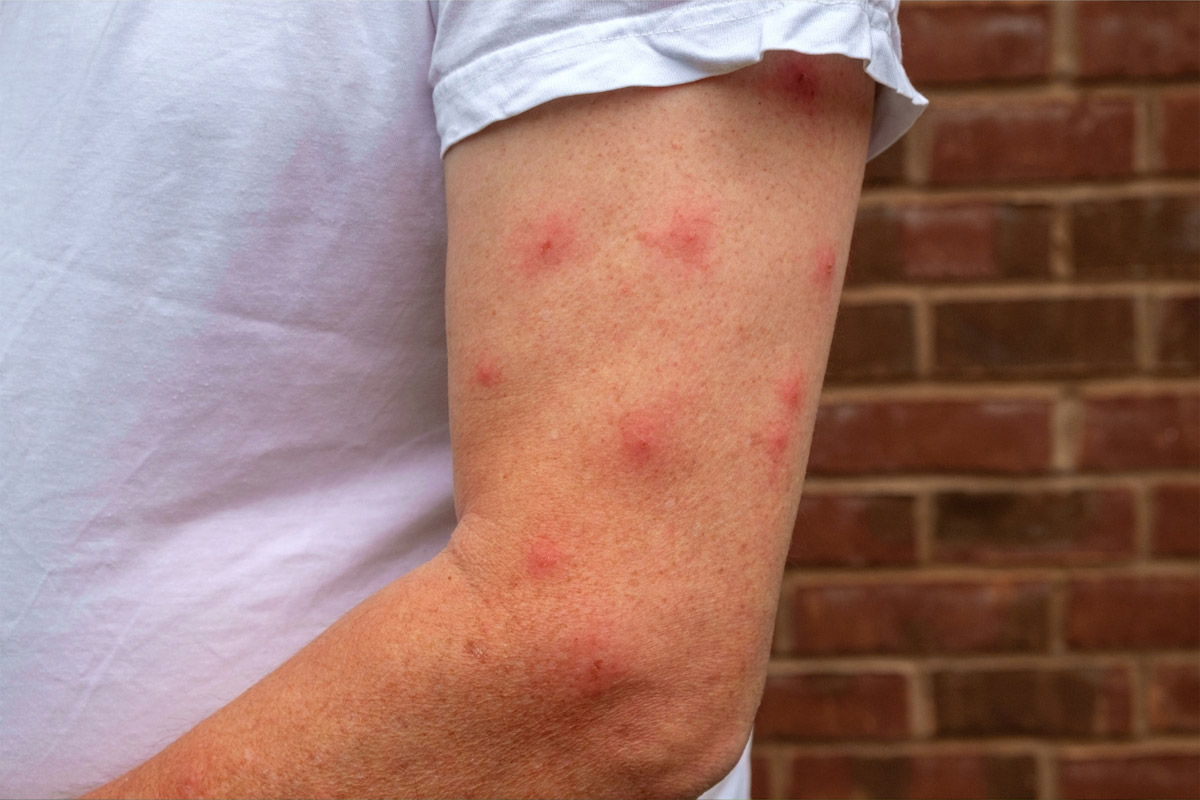
Drug Allergies
Any medication, whether over-the-counter, prescription or herbal, can induce a drug allergy. If you develop an allergic reaction to a prescription drug, be sure that you contact the prescribing physician immediately or go to an emergency facility and bring the medication with you. If it is an over-the-counter substance or an herbal medication seek emergency help and bring the substance with you. Symptoms of a drug allergy can range from mild to life-threatening. Signs such as rashes, itching, hives, fever, runny nose, watery eyes, swelling of the lips or entire face, shortness of breath or wheezing, anaphylaxis, which is usually characterized by low blood pressure, vomiting, and/or dizziness should alert you to seek medical help. If untreated, a drug allergy may lead to complications such as anaphylaxis, shock, Steven Johnson Syndrome, Toxic epidermal necrolysis where the skin around the eyes, lips, mouth, and genitals may erode.
Plant Allergies
Many people suffer an allergic reaction to touching certain poisonous plants. For instance, touching the sap, stem or leaves of poison ivy, oak or sumac, which contain a substance called urushiol in the stems, roots, vines, flowers, and leaves, can result in a skin rash of varying degrees of severity.
Giant hogweed contains a noxious sap that can cause the skin to blister when exposed to sunlight and can result in temporary or permanent blindness if the sap gets into the eyes. All parts of the manchineel tree are highly toxic. The tree sap can result in contact dermatitis, burning, itching, swelling, and blisters. Thankfully neither giant hogweed or the manchineel tree are native to South Carolina but if you live in regions where these thrive it is important to avoid them.
It is always best to look up your region, and find out what poisonous plants may be found in your area.
South Carolina is home to several poisonous plants and trees. Here are a few examples:
- Poison Ivy (Toxicodendron radicans) Found throughout South Carolina, poison ivy is a common plant that can cause an allergic reaction in many individuals. Touching the leaves, stems, or roots of poison ivy can lead to skin rashes, itching, and blisters.
- Poison Oak (Toxicodendron pubescens) Similar to poison ivy, poison oak is also found in South Carolina and can cause allergic reactions in sensitive individuals. It typically grows in wooded areas and has three leaflets resembling oak leaves.
- Carolina Jessamine (Gelsemium sempervirens) While beautiful, Carolina Jessamine is a toxic vine native to South Carolina. Ingesting any part of the plant can cause symptoms such as vomiting, diarrhea, and in severe cases, respiratory distress.
- Oleander (Nerium oleander) Although not native to South Carolina, oleander is commonly cultivated and can be found in gardens and landscapes. All parts of the plant, including the leaves, flowers, and stems, contain toxins that can cause severe poisoning if ingested.
- Moonseed (Menispermum canadense) Moonseed is a native vine that grows in wooded areas of South Carolina. Its berries resemble grapes but are highly toxic if consumed, causing symptoms such as vomiting, diarrhea, and abdominal pain.
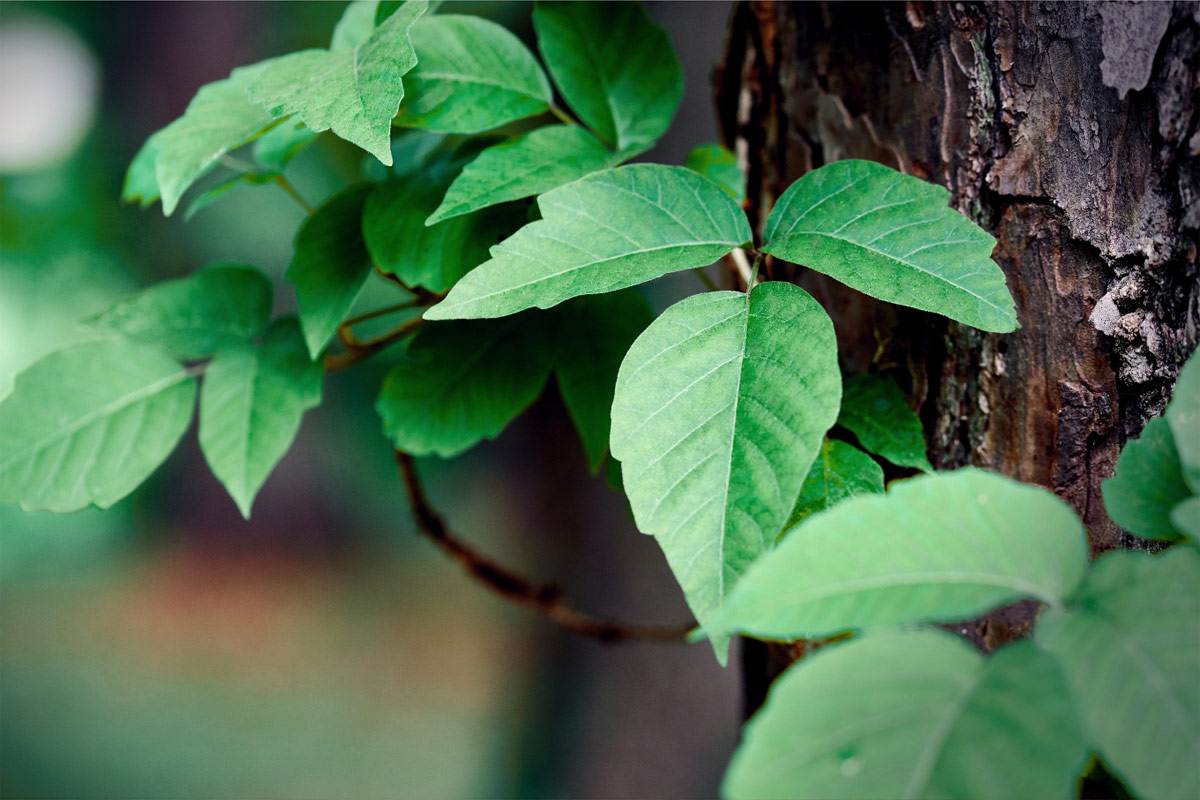
If you have come in contact with a poisonous plant, do the following.
- Wash all clothing you were wearing in hot, soapy water.
- Clean the area of contact with soap and water for about 10 mins.
- Avoid touching other areas of your body after you have touched the rash.
- Soothe inflamed areas with calamine lotion or hydrocortisone cream.
- Apply anti-itch cream to the area.
Get medical attention if the following applies to you:
- If the symptoms do not lessen or disappear within a few days
- If the rash is tender or has yellow scabs or puss
- If the rash spreads to sensitive areas of your body
- If the itching gets worse
Are you concerned about allergies in general or a specific allergic reaction you have experienced?
All allergic reactions can be severe and even life-threatening. If you experience severe symptoms, contact your doctor immediately or go to an emergency care facility. Or, if your mild symptoms are not improving with home remedies, contact your doctor for a medical exam to determine a course of treatment.
Immediate attention for your allergies is just a step away. Our experienced team will provide expert guidance, prescribe appropriate medications, and ensure you receive the care you deserve.



